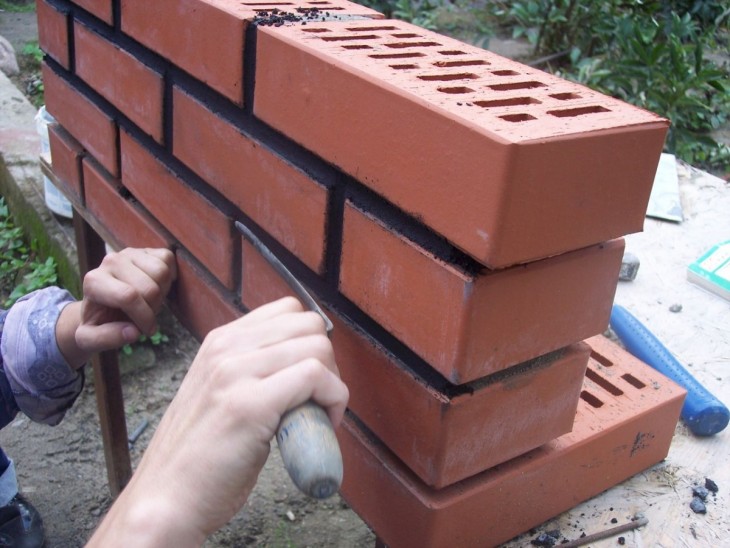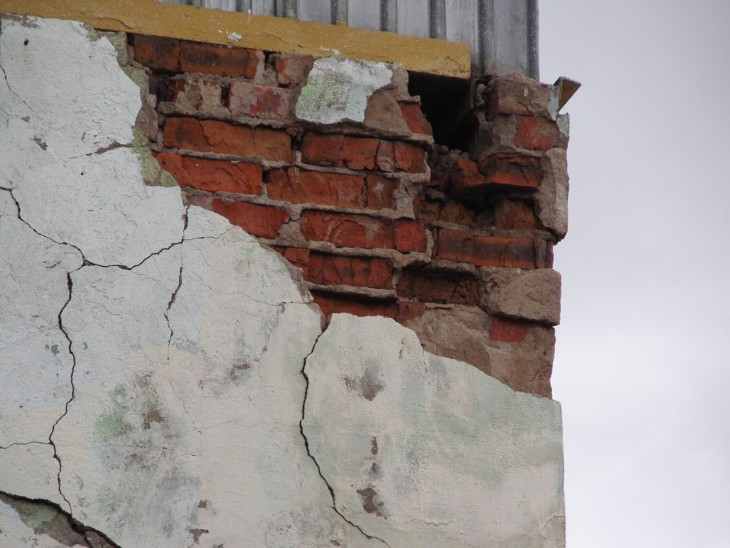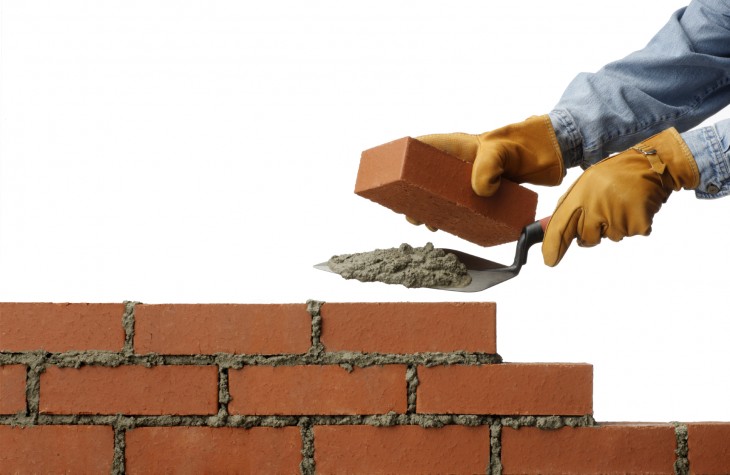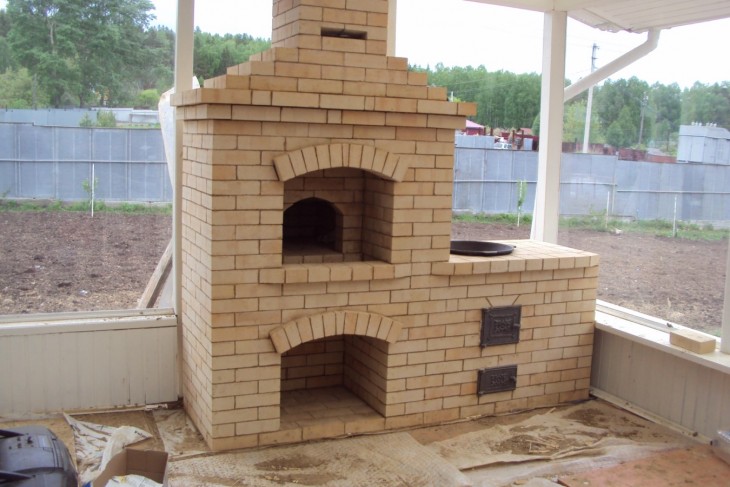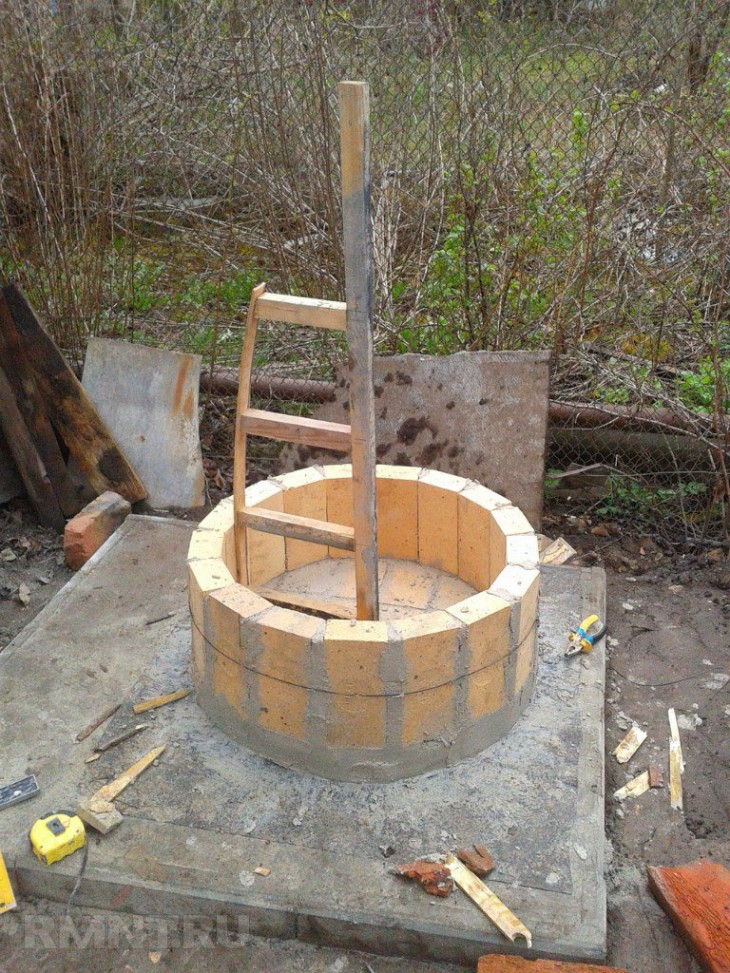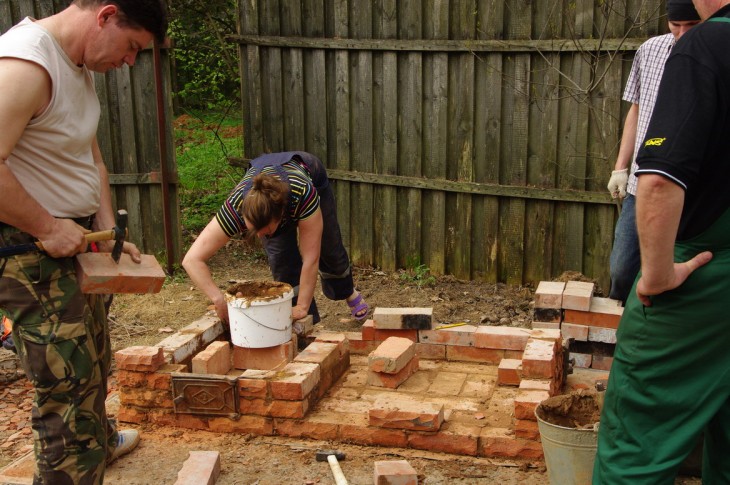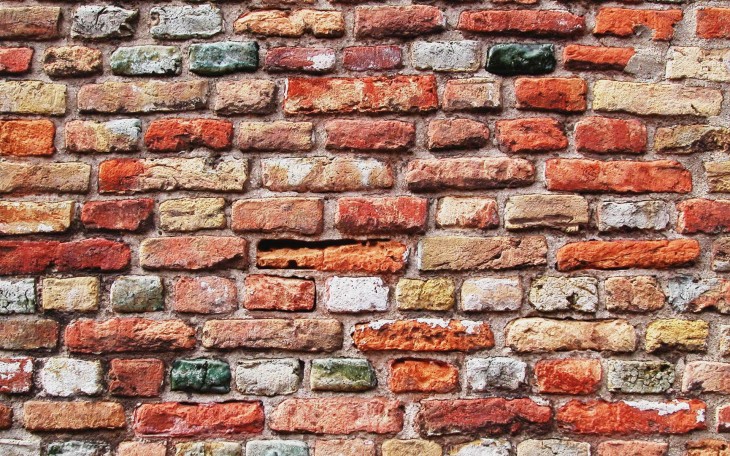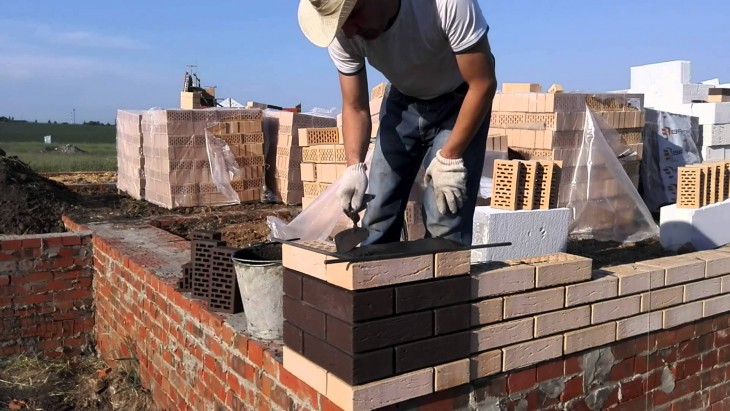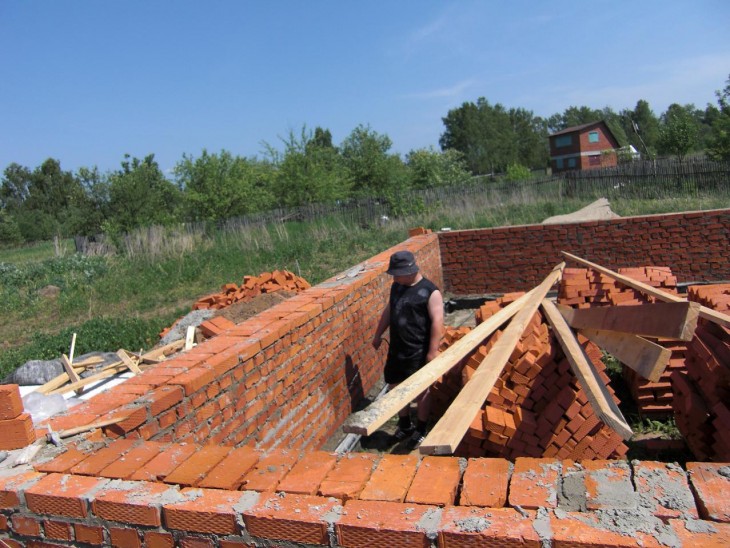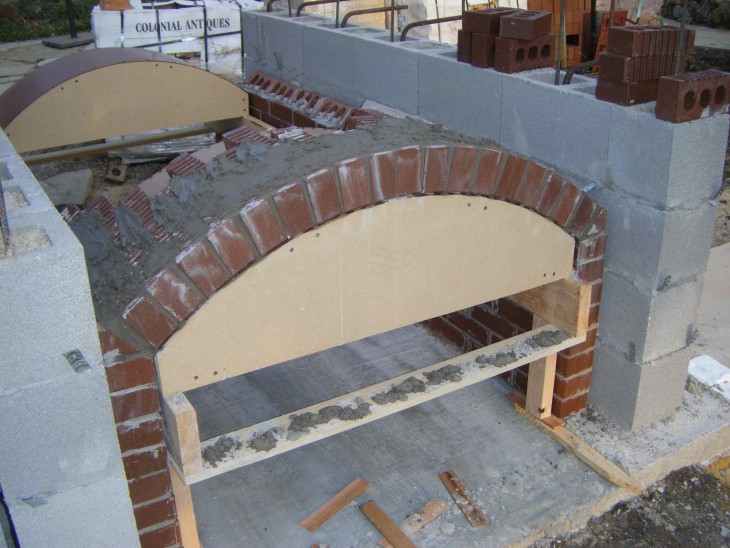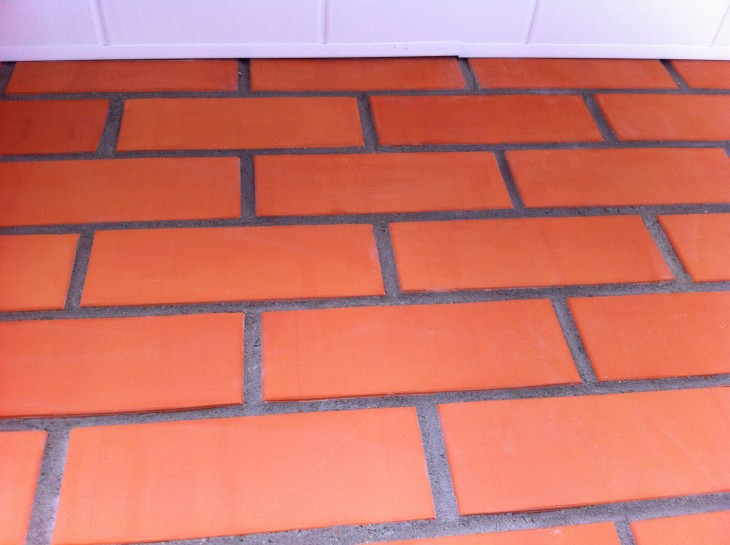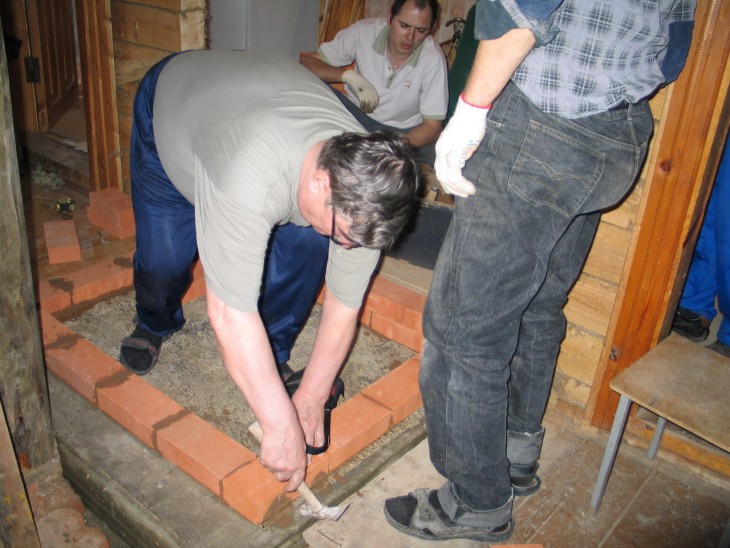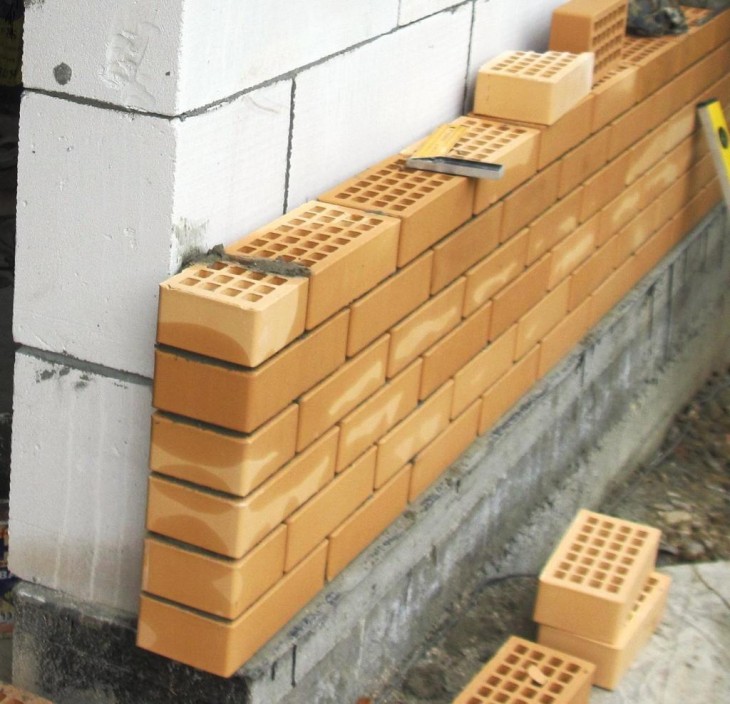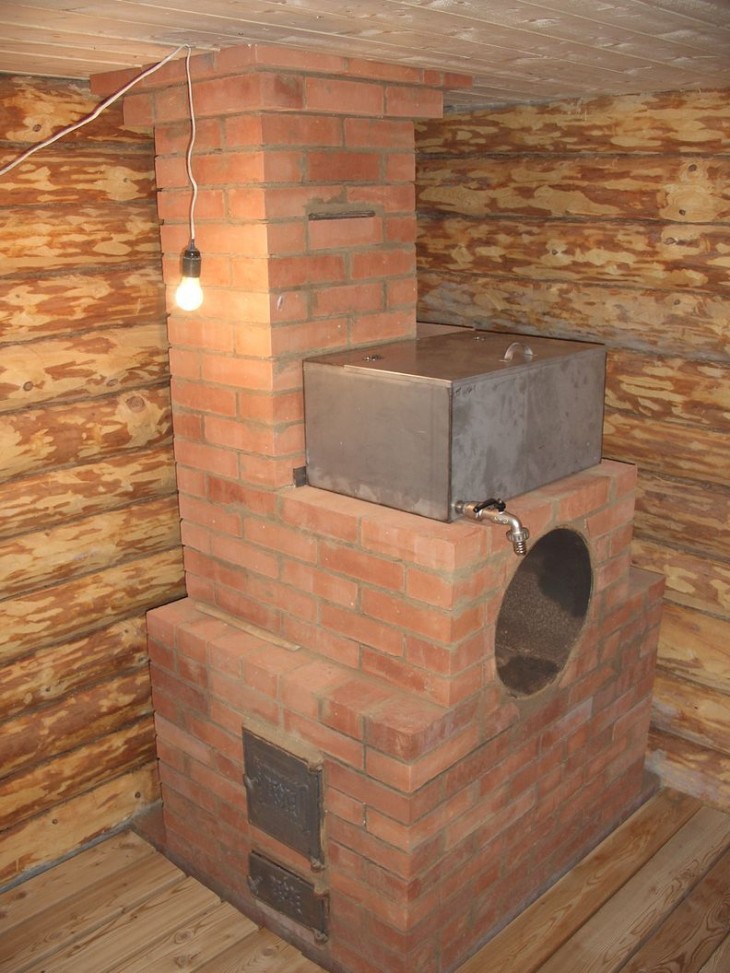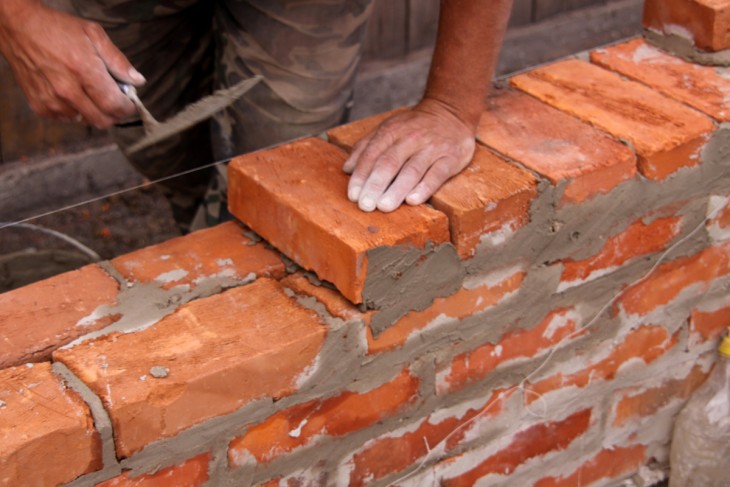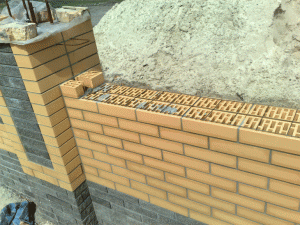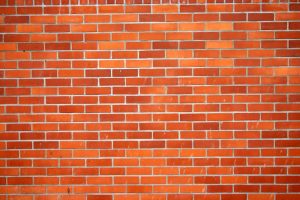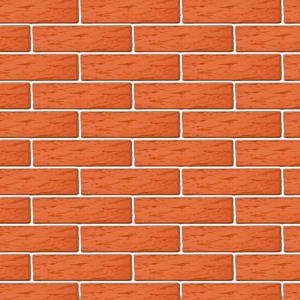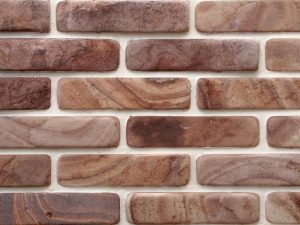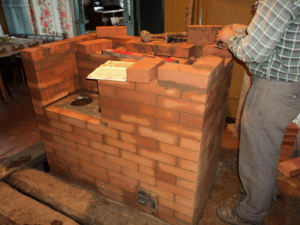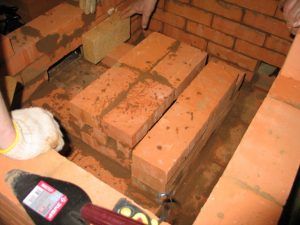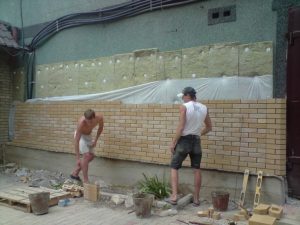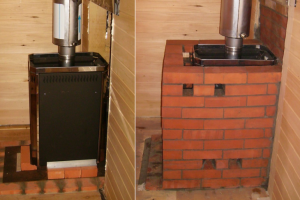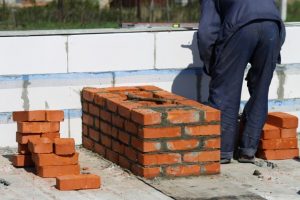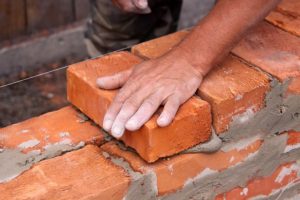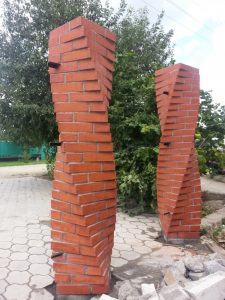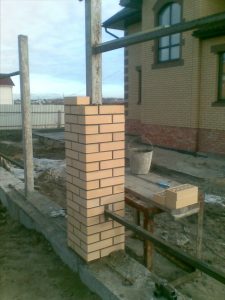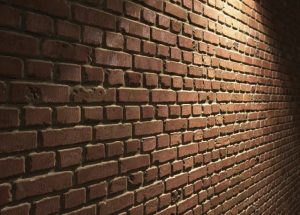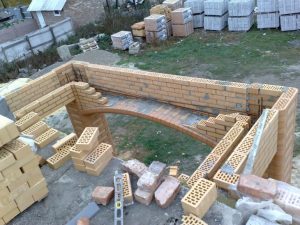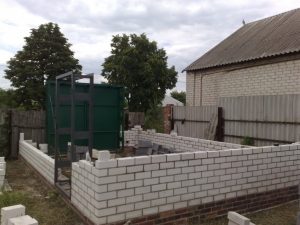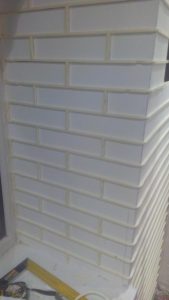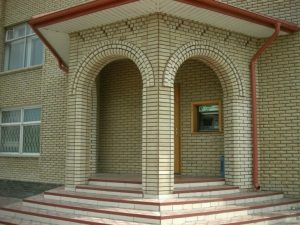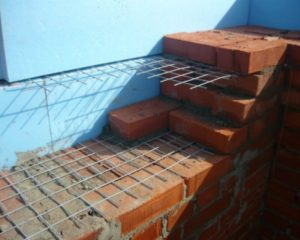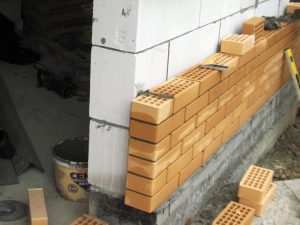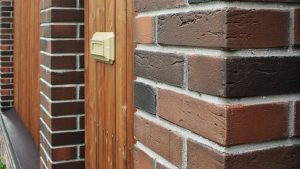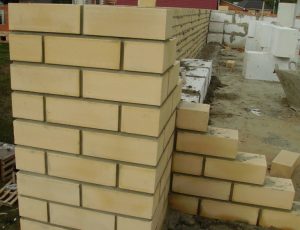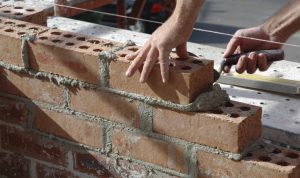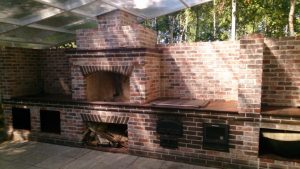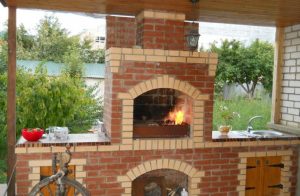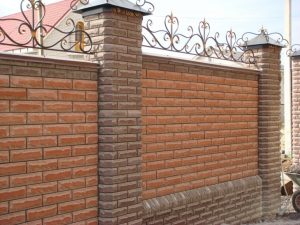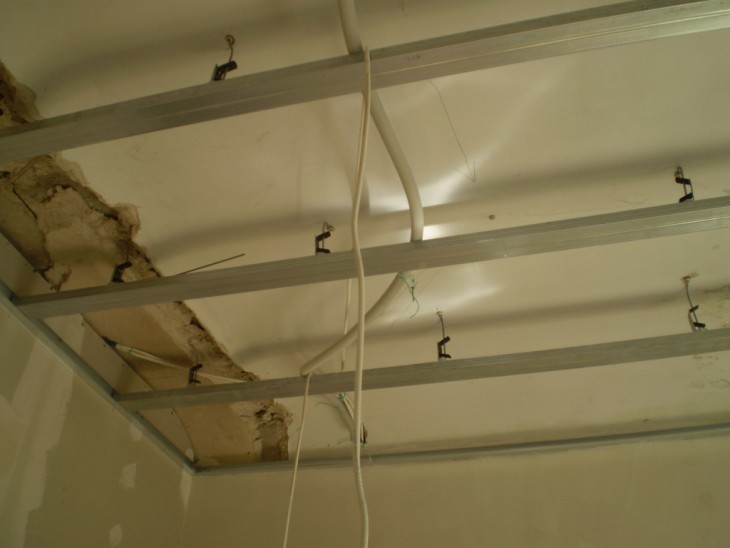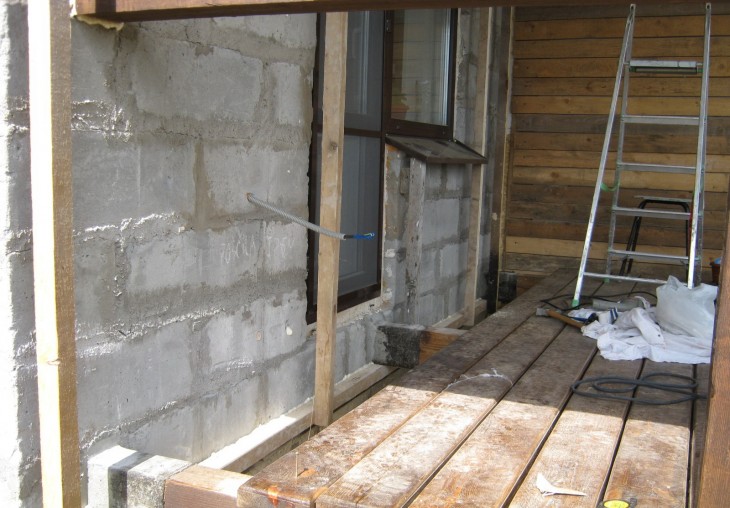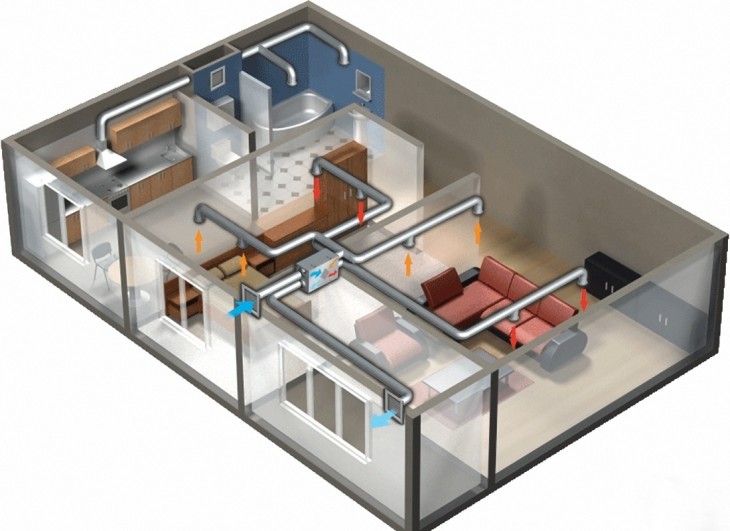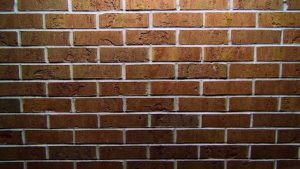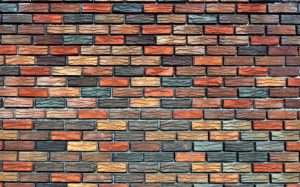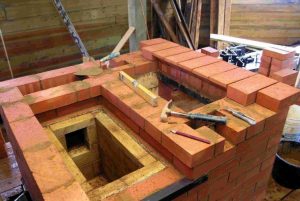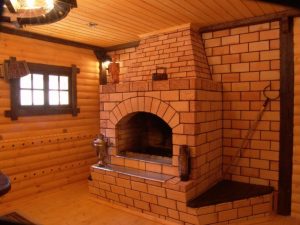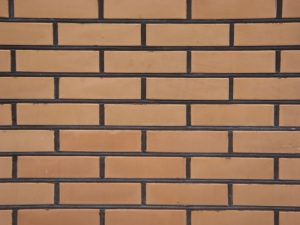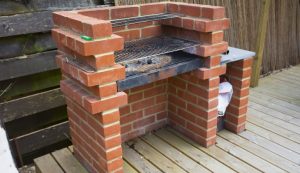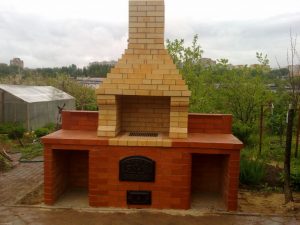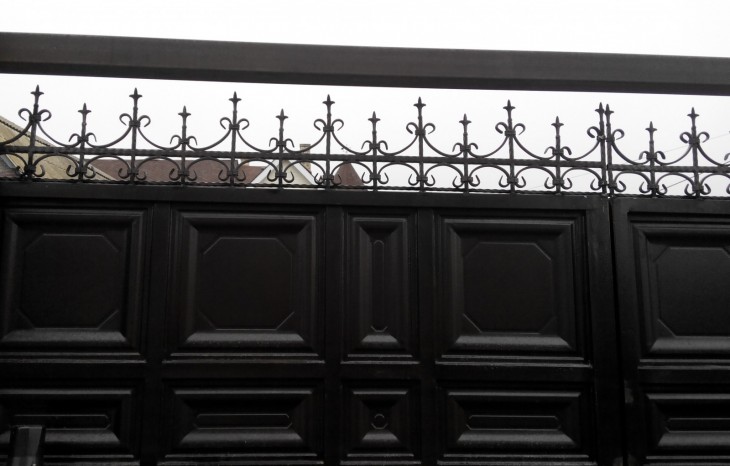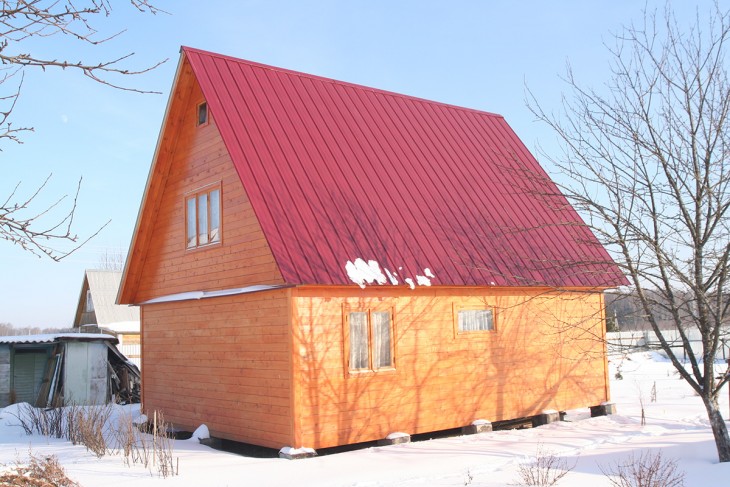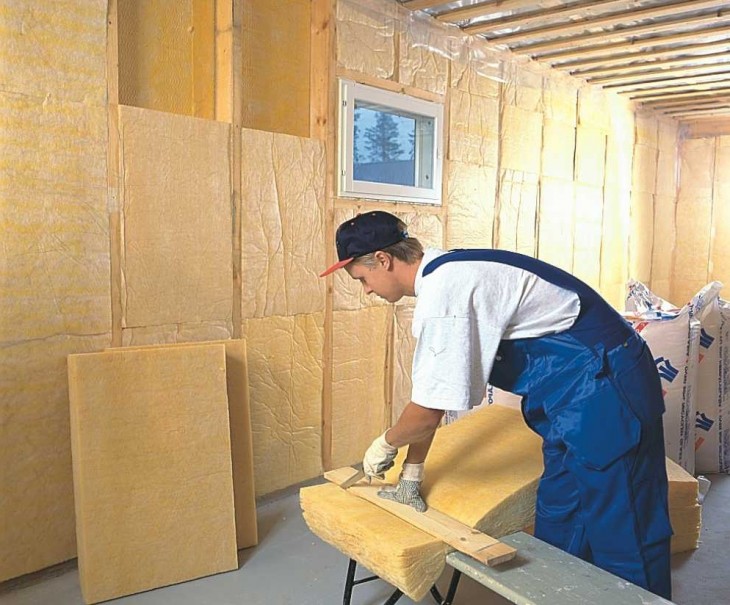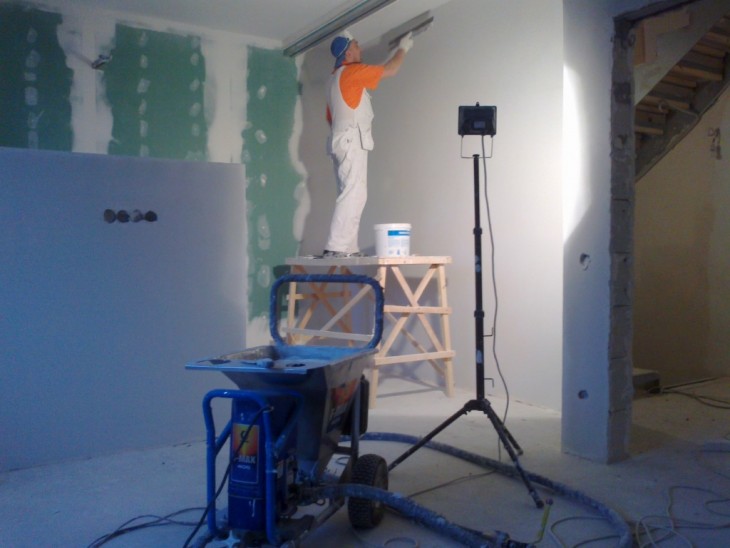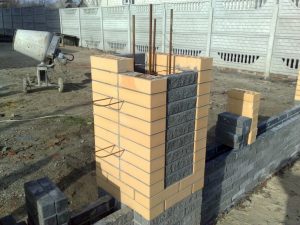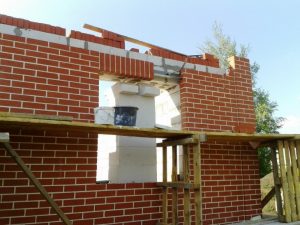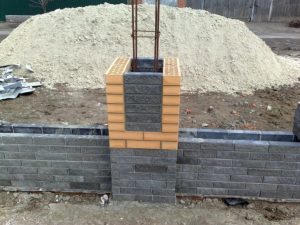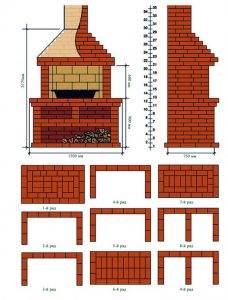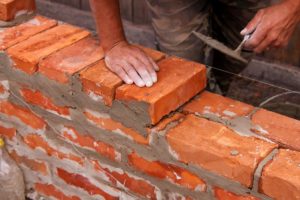Brick houses are still popular due to their reliability and durability. And, although often the construction and laying of walls is assigned to specialists, it is not difficult on their own.

Review Content:
Varieties of masonry
Masonry is not only distinguished by its strength and quality. Using this material, you can create a large number of drawings.
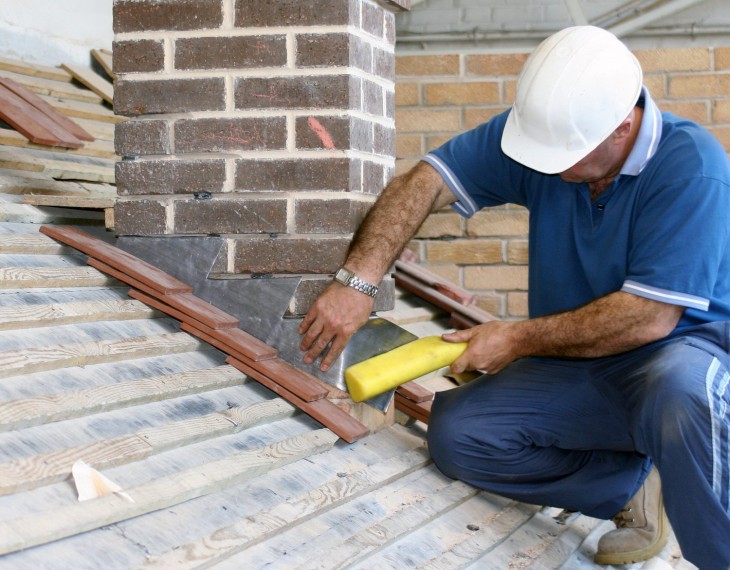
However, the complexity of the pattern requires more skill when doing the work. Consider the most common masonry options:
Do-it-yourself chain laying of bricks involves a constant series of poke and spoon rows. Mandatory condition: the joints must coincide vertically.
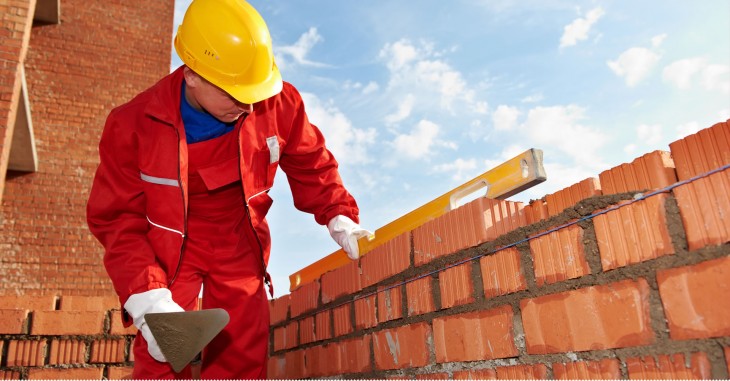
Cross is distinguished by dressing the spoon masonry with horizontal seams.
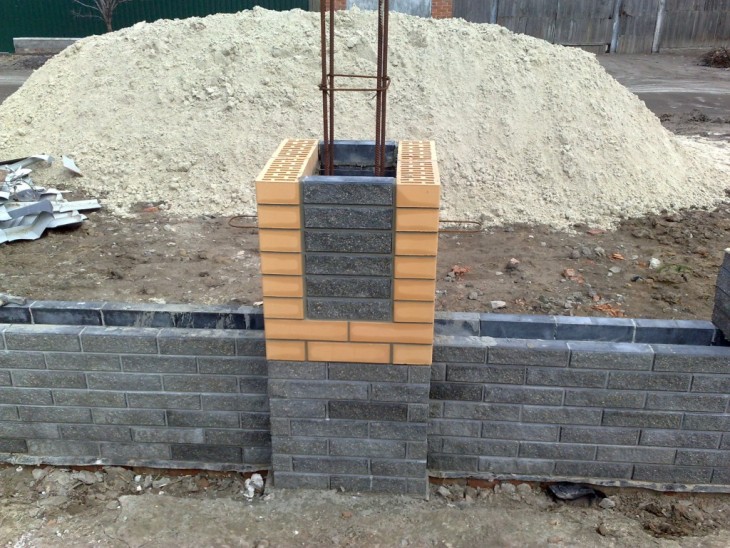
Dutch masonry includes a combination of bonded and combined rows. The last of them is formed by horizontal alternation of bricks, set by jabbing and spooning.
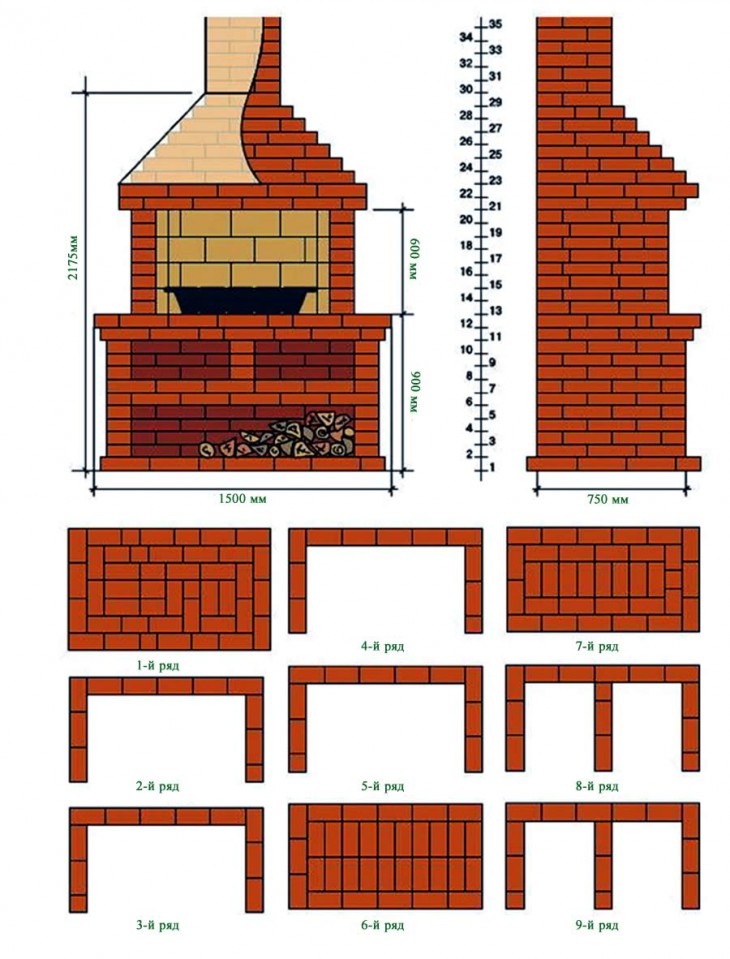
Gothic masonry is based on mixing the basic principles of masonry.
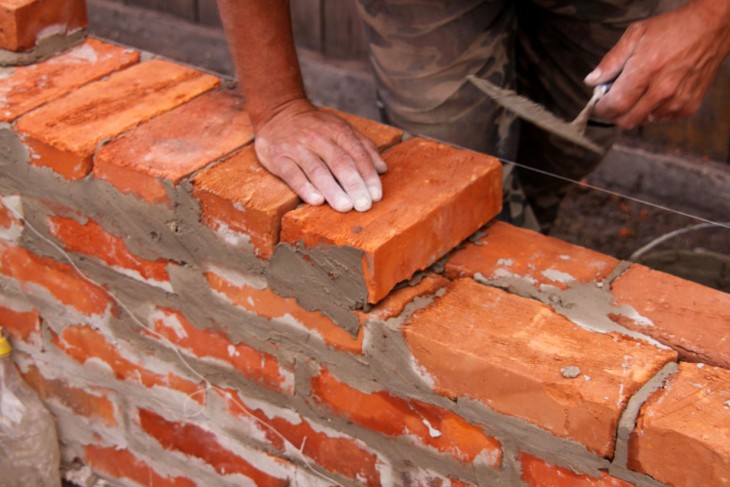
To get masonry in the English style, one brick must be laid with a dressing in two. Another condition is the alternation of tychkovy and two spoon rows.
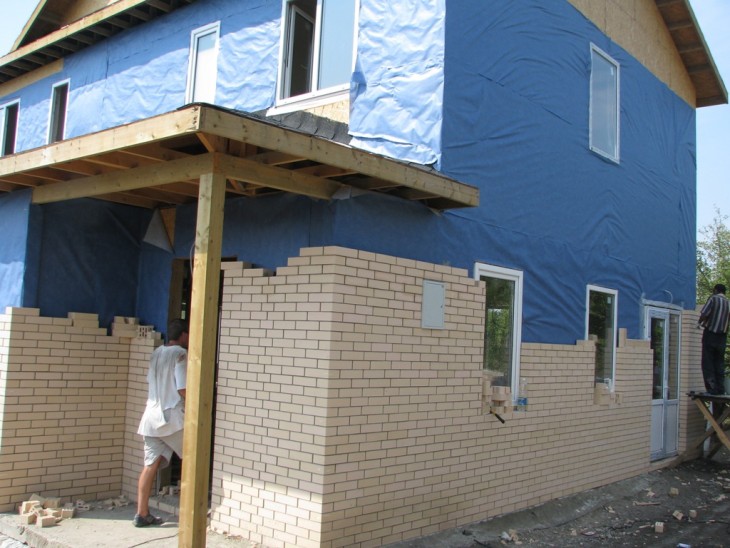
The simplest and most rational is the masonry. It is formed by erecting two walls in half a brick and connecting them with a bridge vertically or horizontally.

In order for the result to be appropriate, it is worth choosing a template for bricklaying and following it.
How to determine the correct brickwork
For beginning masons, the usual difficulties are laying the brick in a line at a single level and getting right angles. In order for the process to proceed correctly, the following must be observed:

- Particular attention is required to the first row. Stack them at a distance of three mm. The evenness of the row is checked with a special tool.
- Putting a brick is necessary exactly both horizontally and vertically.

Equipment
Each master has and uses the following devices for bricklaying:
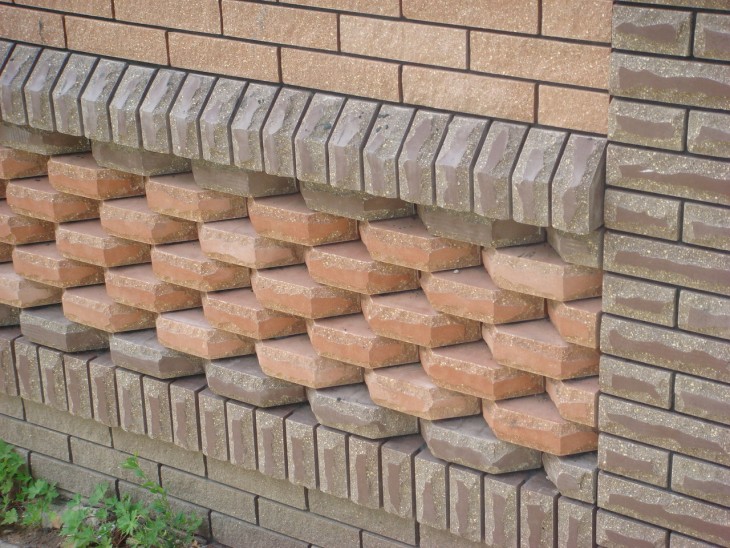
- To align the products used a pickaxe hammer and grinder.
- To check the evenness of the wall, the master uses a plumb line, level and tape measure.
- Trowels are used not only for applying mortar, but also for preliminary fitting of bricks.
- When cornering in masonry, rowing is necessary.
- Safety is ensured by special measures in the form of glasses.
- Since a solution is required in the work, a container is needed.
Solution preparation
Mixing the solution is an important part of the job. It consists of sand, cement and water. For greater ductility, washing powder or clay is added to it.

The laying of hollow bricks using this solution is prohibited, because in this way their hermetic properties are violated.
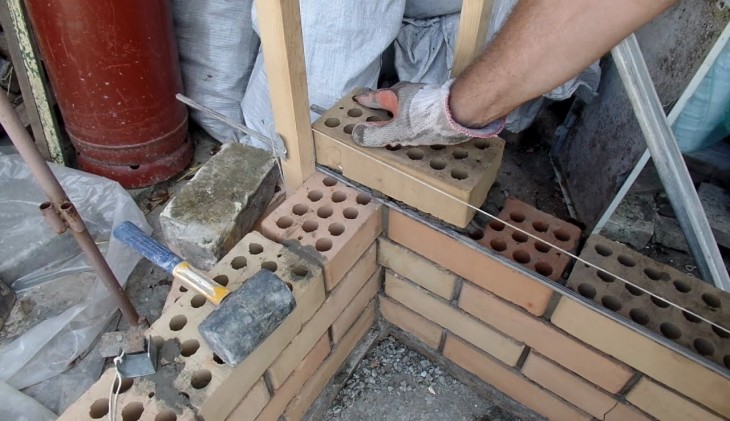
To work in a small team it will be useful to purchase a concrete mixer and purchase 300 or 400 grades of cement.
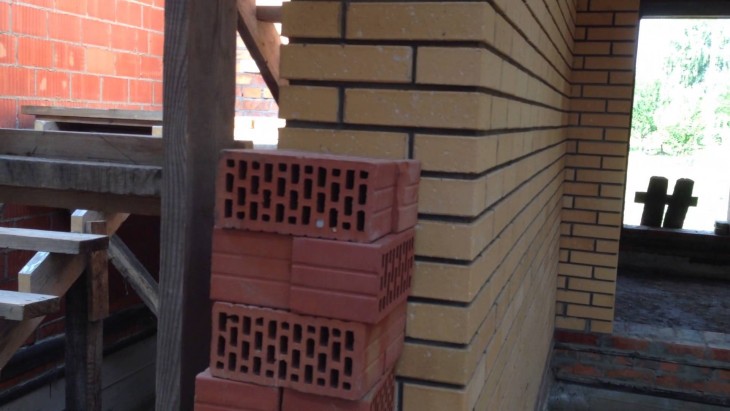
Styling corners
When choosing where to start laying brick, pay attention to the corners. Experienced craftsmen usually draw corners above half the wall before starting work on flat sections of the wall. This is not surprising, since half of the correctness of the design depends on the evenness of the angles.
Note!
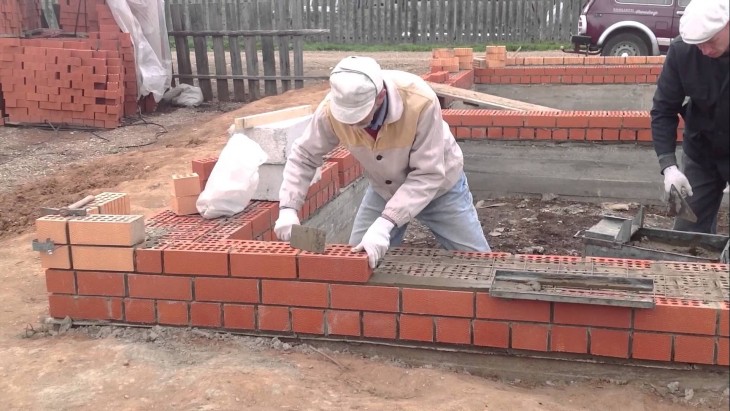
The perimeter of the future home is determined using a tightly stretched cord. For the evenness of the angle, novice masons use ordering. It helps to fix and correctly lay the first bricks.
Experienced craftsmen can do without this tool, relying on experience. To adjust the vertical, a plumb line or level is used.

Stitching
Since each row of brickwork is interspersed with mortar, you need to know the basic principles of working with it:
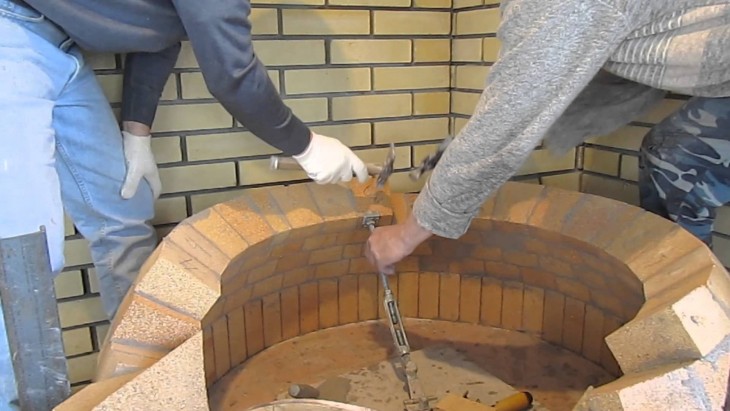
When choosing a wasteland, the solution should not only not appear outside the wall, but also leave cracks, which will then be plastered.
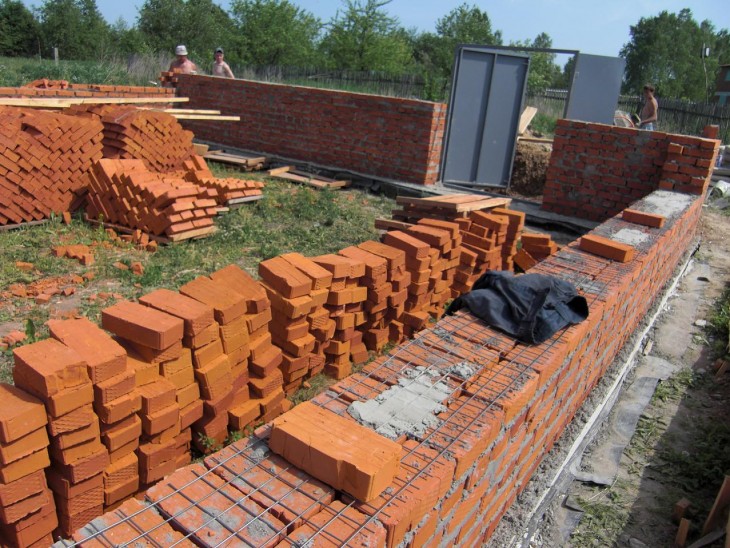
Convex seams are classified as decorative. They are performed using a special tool. From improvised materials, you can use a pipe cut along.
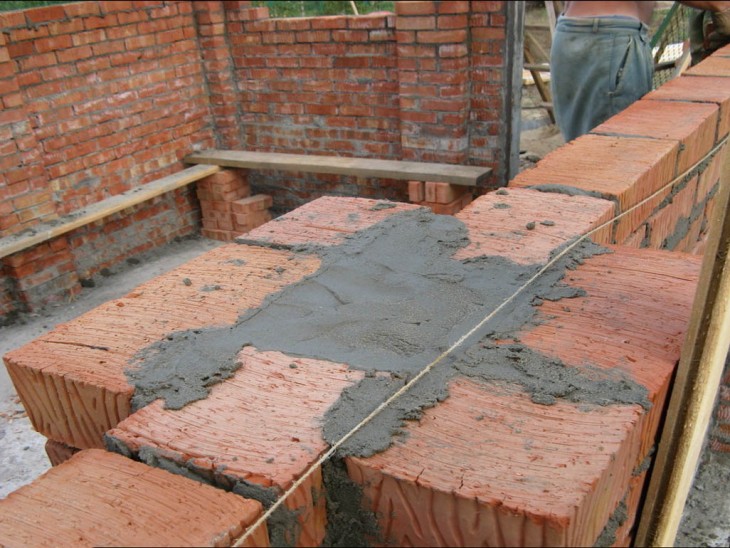
Note!
A concave seam is not considered difficult to perform. He needs a stick or tube.
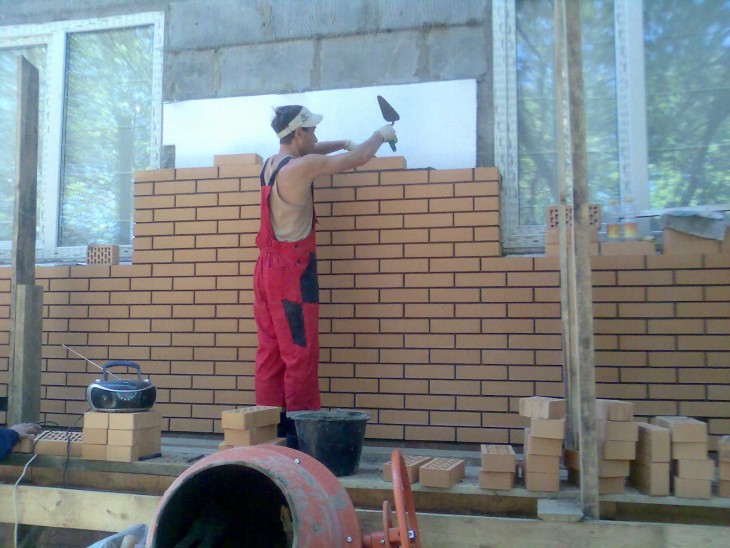
Smooth seams are considered the most optimal, since after them there is no need to further level the surface. They are often used in the manufacture of chimneys and fireplaces.
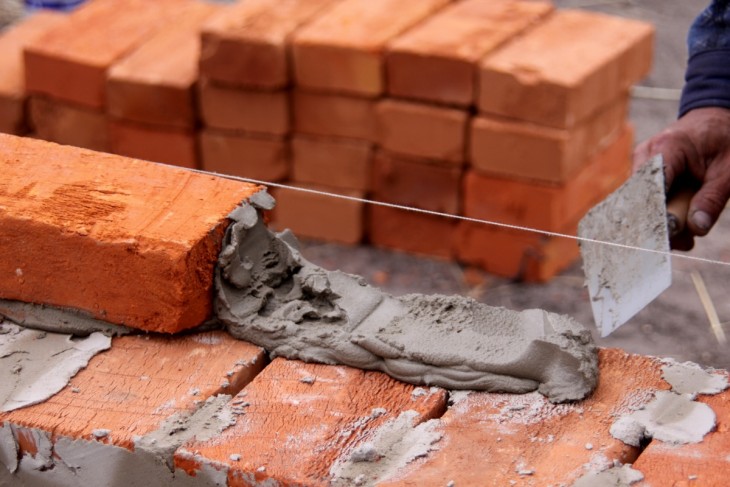
Main masonry
Immediately after the displayed corners, you can start laying the wall. Corners will rise with the erection of walls. But it is important that the cord does not sag. The brick is laid tightly to the corner on the mortar, previously applied with a gap of 3 mm.
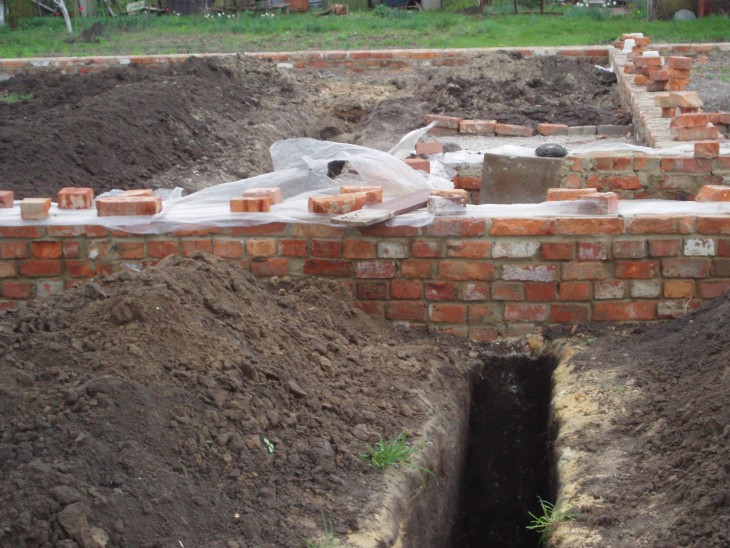
If there is a need to cut bricks, it makes sense to use a grinder. In the absence of this tool, this work can be done with a pickaxe.
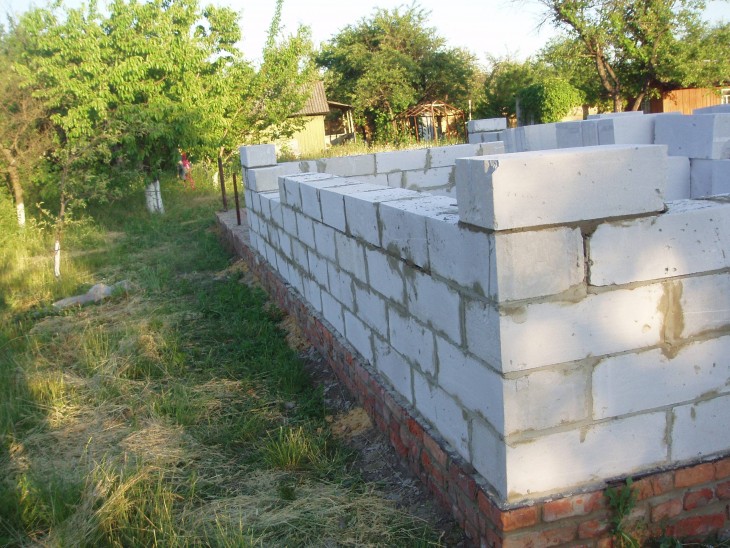
To ensure the density of the masonry, the mortar is taken a little more than necessary, and each brick is well pressed. What has come forward must be collected with a trowel. Do not be discouraged if you have not immediately achieved the desired result. Sometimes, to do the job right, you need training.
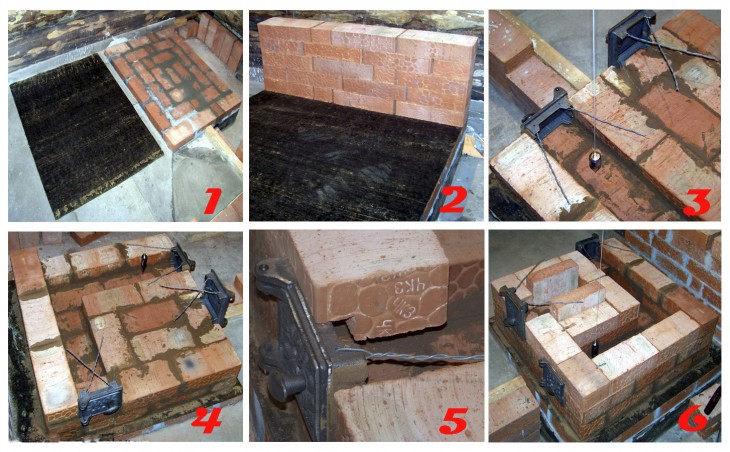
Note!
To verify the accuracy of the result, pay attention to the photo of the brickwork.

Masonry reinforcement
Such work is necessary for those who wish to extend the life of the old house instead of building a new one. Whatever the pattern of laying brick with your own hands before you begin this work, you need to check the reliability of the foundation. If there are cracks in it
or breaks, your structure will not last long.
After you are convinced of the reliability of the foundation, it makes sense to strengthen the wall with the help of reinforcement and wire plaster. Other necessary tools for this work include a netting, a special mortar for plastering walls, trowels, nails and wire.

Wall reinforcement technology
The first step is to clean the wall. Then it is necessary to clean the seams and hammer the nails with a distance of not more than 100 mm so that the height of the cap is 20 mm above the level of the wall.
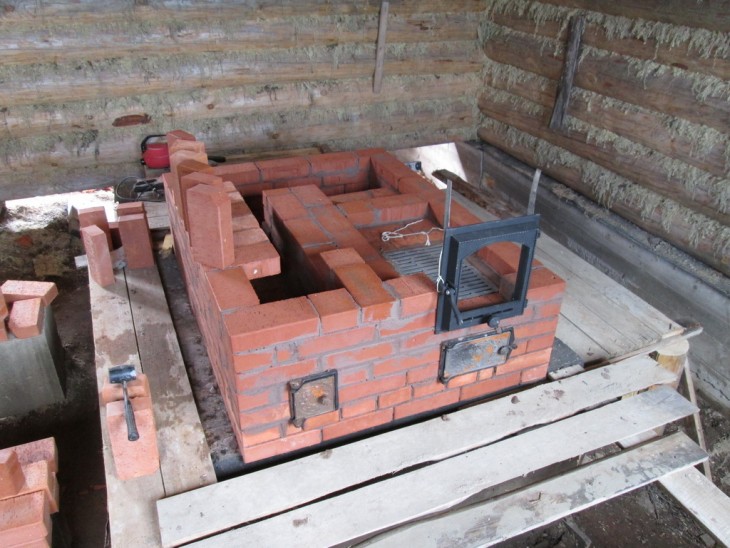
Now you need to put the netting net on the cooked nails as tightly as possible. Instead of such a mesh, you can use ordinary wire. Only when forming cells is it worth paying special attention to the corners, avoiding holes in these places.
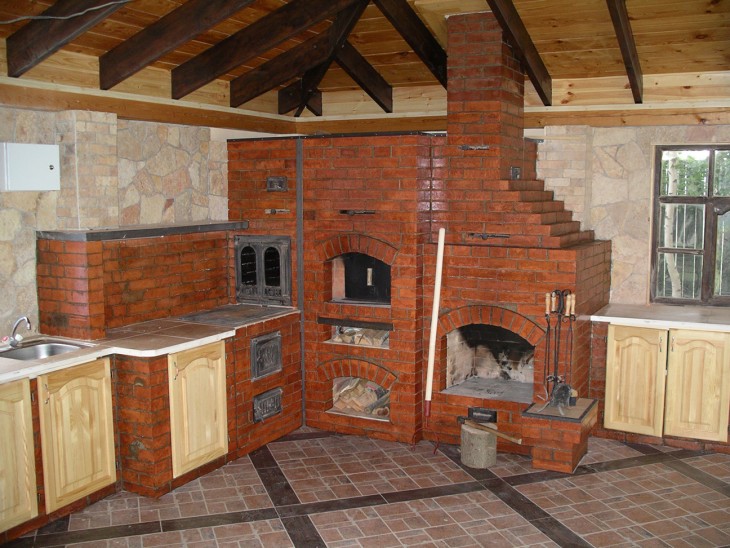
The next step is to plaster the wall. The composition necessarily includes cement and sand in a ratio of 1: 3 or 1: 4, as well as polymers to increase viscosity and ductility.
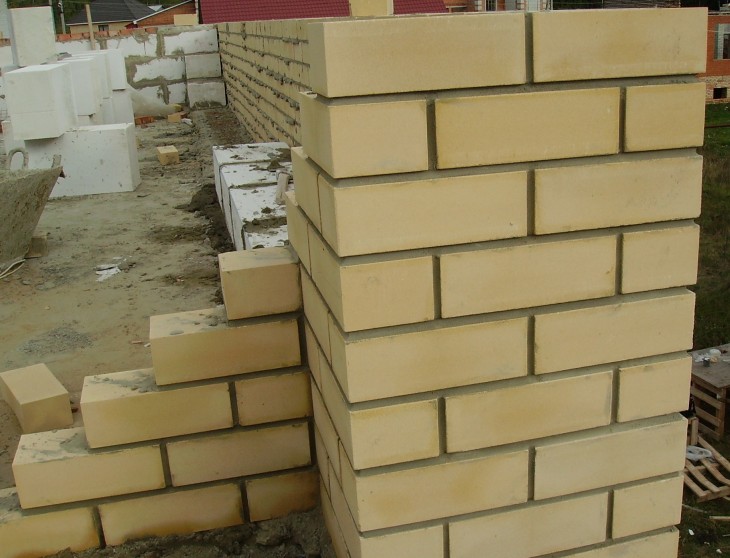
For the basement of the wall may be applicable cement-lime mixture, characterized by water resistance. To avoid lumps, the components of the composition must be sieved. The layer of plaster should be such that it covers the frame.

Conclusion
If you first decided to master the profession of a mason, do not rush in the process of doing the work. Carefully prepare materials and tools.
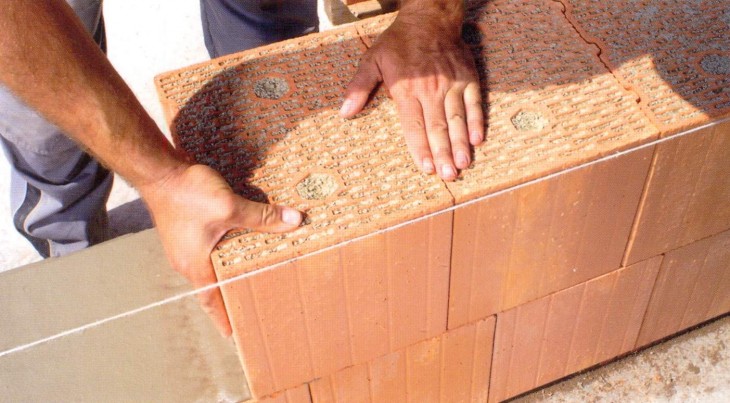
Make a plan and calculate the number of bricks. And if you decide on the masonry method and theoretically imagine the final result, you can start the process.
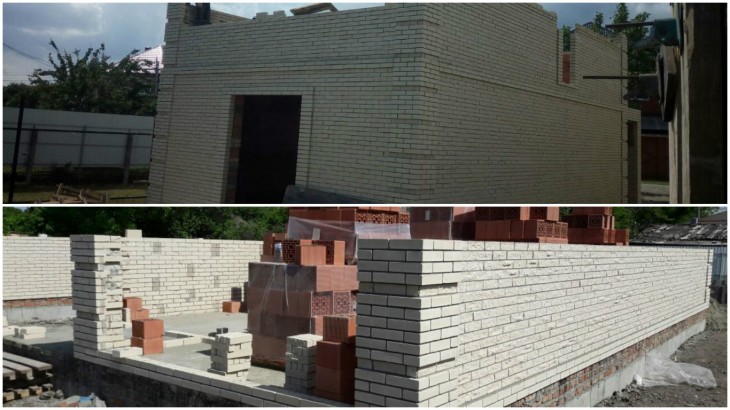
DIY bricklaying photo
